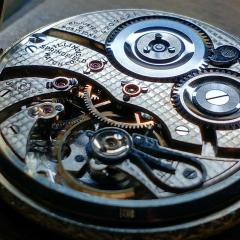Introduce Yourself Here
New to the community? We like to know who we are chatting with :)
So why not introduce yourself here first!
4194 topics in this forum
-
- 6 replies
- 649 views
-
- 2 replies
- 378 views
-
- 3 replies
- 338 views
-
- 6 replies
- 1.3k views
-
- 4 replies
- 502 views
-
- 4 replies
- 1.8k views
-
- 5 replies
- 422 views
-
- 5 replies
- 830 views
-
- 3 replies
- 447 views
-
- 12 replies
- 675 views
-
- 3 replies
- 372 views
-
- 7 replies
- 553 views
-
- 5 replies
- 1.1k views
-
- 4 replies
- 708 views
-
- 1 reply
- 348 views
-
- 3 replies
- 418 views
-
- 3 replies
- 399 views
-
- 12 replies
- 881 views
-
- 5 replies
- 422 views
-
- 2 replies
- 790 views
-
- 6 replies
- 588 views
-
- 14 replies
- 914 views
-
- 1 reply
- 709 views
-
- 1 reply
- 237 views
-
- 9 replies
- 938 views














.thumb.jpg.cb17a66989f1e796fd4217db2e9ca9df.jpg)